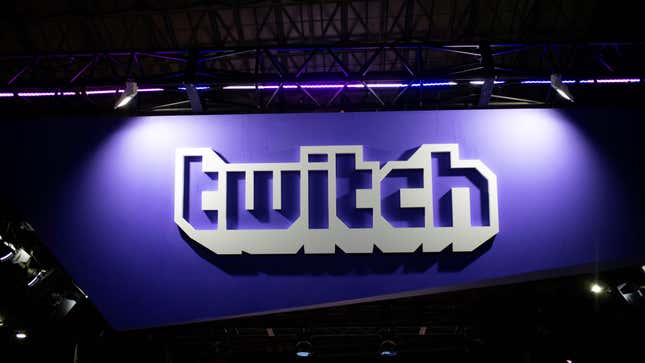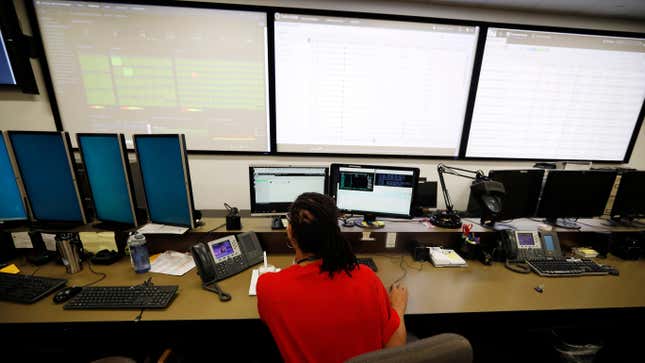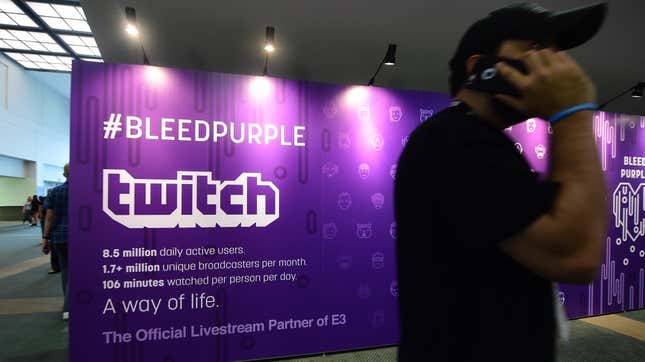
This year, it’s become hard to ignore the fact that the digital lives we’ve all built for ourselves appear to be completely and utterly vulnerable to cybercriminals and spies.
Hackers came after our nation’s beer, hamburgers, or energy supply, making it known that they really don’t mind upending our way of life if it means making some cold hard cash. Meanwhile, a flurry of cyber-espionage has targeted some of America’s biggest companies and other organizations, showing that foreign spies have the resources to get into some of the networks that matter most. It’s enough to make you unplug your laptop and chuck it into the sea.
Before you do that, however, here’s a look back at the highlights from just this year (so far)—a whole lot of hacking in a short period of time. Read on and enjoy the paranoia.








